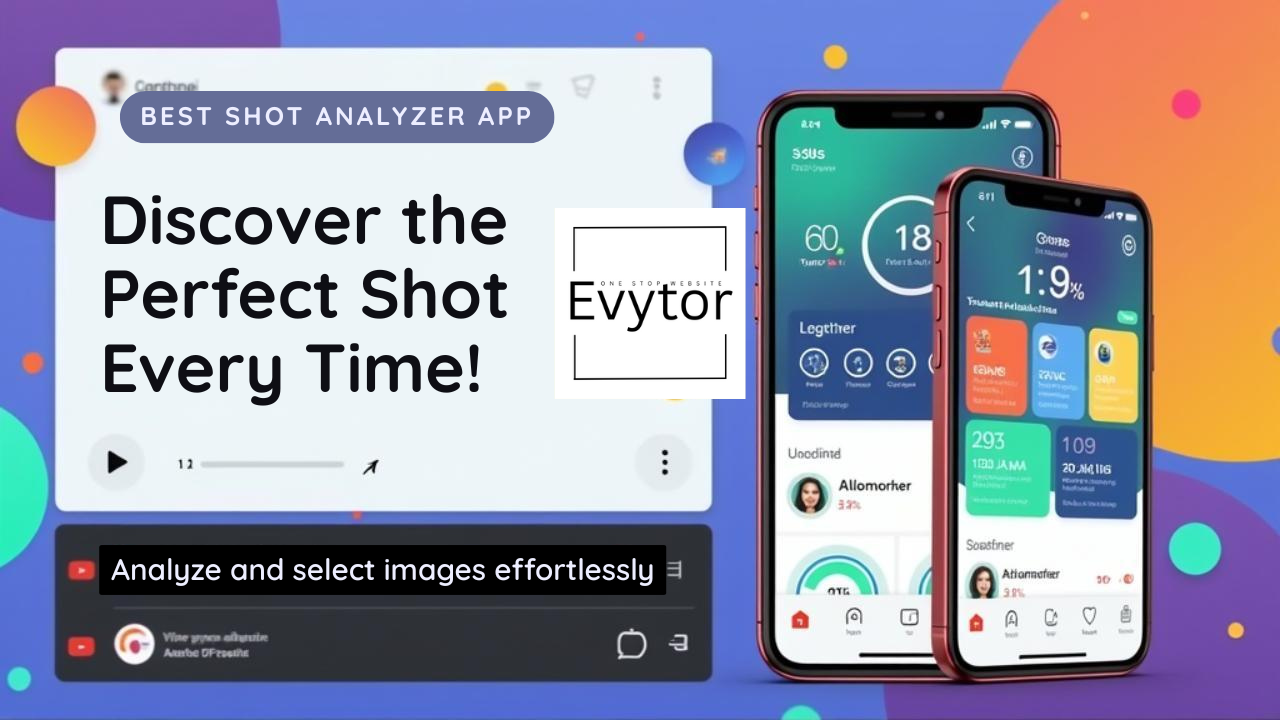Understanding ETFs: A Beginner's Guide for New Investors
Embarking on the investment journey can feel like navigating a vast ocean 🌊. There are so many terms, strategies, and options out there that it's easy to feel overwhelmed before you even dip your toes in the water. But what if there was a way to invest in a wide variety of assets relatively simply and affordably? Enter the **Exchange Traded Fund**, or ETF.
If you're a new investor looking for a straightforward way to build a diversified portfolio, understanding ETFs is an excellent starting point. They've become incredibly popular over the last couple of decades, and for good reason. This guide is designed to break down what ETFs are, how they work, and why they might be a great fit for your investment goals.
What Exactly is an ETF? 🤔
At its core, an ETF is a type of investment fund that holds assets such as stocks, bonds, commodities, or even currencies. What makes it stand out is that it trades on stock exchanges, just like individual stocks. Think of it as a basket 🧺 containing many different individual investments.
- Diversification: Because an ETF holds many assets, buying one share gives you exposure to all of them. This instantly diversifies your investment, reducing the risk compared to buying just one or two individual stocks.
- Trading Flexibility: You can buy and sell ETF shares throughout the trading day at market prices, unlike traditional mutual funds which are priced only once at the end of the day.
So, instead of researching and buying 500 individual stocks to match a stock market index like the S&P 500, you could potentially buy shares of a single ETF that tracks that index. Pretty neat, right?
How Do ETFs Work? 🛠️
The mechanism behind ETFs involves a few key players, but from an investor's perspective, it's quite simple. You buy shares of the ETF through a brokerage account, just like you would buy shares of Apple or Google.
ETFs are typically designed to track an underlying index (like the S&P 500, Nasdaq 100, or a bond index), a specific sector (like technology or healthcare), a commodity (like gold or oil), or a strategy.
Here's a simplified look at the process:
- An ETF provider (like Vanguard, iShares, or Schwab) creates a fund that holds a specific collection of assets, often mirroring an index.
- The provider creates large blocks of shares called 'creation units'.
- Institutional investors can exchange the underlying assets for these creation units, or vice versa. This process helps keep the ETF's market price close to the value of its underlying assets (Net Asset Value or NAV).
- These ETF shares then trade on exchanges where individual investors like you can buy and sell them through your brokerage account.
This structure allows for efficient trading and typically results in lower operating costs compared to actively managed mutual funds, which we'll touch on next.
Types of ETFs 📈
The world of ETFs is vast and continues to grow! Here are some common types you might encounter:
- Stock ETFs: Track equity indexes (like broad market, sector-specific, or international indexes). E.g., an ETF tracking the total U.S. stock market.
- Bond ETFs: Hold various types of bonds (government, corporate, municipal). E.g., an ETF tracking U.S. aggregate bonds.
- Sector ETFs: Focus on specific industries (e.g., technology, healthcare, energy).
- Commodity ETFs: Invest in physical commodities or derivatives (e.g., gold, oil, agriculture).
- International ETFs: Focus on markets outside your home country, offering exposure to global economies.
- Specialty ETFs: Cover niche strategies or assets (e.g., ESG - Environmental, Social, and Governance - funds, currency funds, leveraged funds). *Caution with complex types like leveraged ETFs as they carry higher risks.*
Understanding the underlying assets and strategy of an ETF is crucial before investing.
Pros and Cons of Investing in ETFs ✅❌
Advantages:
- Diversification: Automatic exposure to a basket of securities.
- Lower Costs: Typically have lower expense ratios (annual fees) than mutual funds, especially index-tracking ETFs.
- Liquidity: Can be bought and sold throughout the trading day.
- Transparency: The holdings of most ETFs are disclosed daily.
- Tax Efficiency: The structure of ETFs can sometimes make them more tax-efficient than mutual funds in taxable accounts.
Disadvantages:
- Trading Costs: You pay brokerage commissions when buying or selling (though many brokers now offer commission-free ETF trading).
- Tracking Error: An ETF's performance may not perfectly match its underlying index due to fees and other factors.
- Market Price vs. NAV: While usually close, the market price can sometimes deviate slightly from the Net Asset Value per share.
- Complexity: Some specialized ETFs can be complex and carry higher risks.
How to Buy ETFs as a Beginner 🛒
Buying an ETF is straightforward once you have a brokerage account. If you don't have one, you'll need to open one with a brokerage firm (many offer user-friendly platforms for beginners). Once your account is funded:
- Research: Decide what you want to invest in (e.g., broad market, a specific sector). Look for ETFs that track relevant indexes or assets. Consider the ETF's expense ratio (lower is usually better!), trading volume (higher is generally better for liquidity), and historical performance (though past performance doesn't guarantee future results!).
- Find the Ticker Symbol: Every ETF has a unique ticker symbol (like 'SPY' for an S&P 500 ETF).
- Place Your Order: Log in to your brokerage account, search for the ETF using its ticker symbol, and place a buy order. You'll specify how many shares you want to buy and the order type (e.g., a market order to buy immediately at the current price, or a limit order to buy only at or below a specific price).
- Monitor: Keep an eye on your investment's performance over time as part of your overall portfolio review.
Going Further: Pro-Tips for New ETF Investors 💡
Ready to take the next step? Consider these tips:
- Start Small: Don't feel pressured to invest a large sum right away. Start with an amount you're comfortable with to get a feel for it.
- Focus on Low-Cost, Broad Market ETFs: For most beginners, a low-cost ETF tracking a major stock or bond index is a solid foundation. These offer maximum diversification with minimal fuss.
- Automate Investments: Many brokers allow you to set up automatic recurring investments into ETFs, making it easy to build wealth consistently over time (dollar-cost averaging).
- Understand the Holdings: Even if it tracks an index, quickly review the ETF's top holdings to ensure you're comfortable with the companies or assets it represents.
- Don't Day Trade: While you *can* trade ETFs frequently, this guide is for *investors*. Focus on long-term growth rather than trying to time the market daily.
- Explore Resources: Check out resources like the ETF provider's website, financial news sites, and educational platforms to deepen your understanding.
Conclusion ✨
ETFs offer an accessible, diversified, and often low-cost way for new investors to enter the market. By understanding what they are, how they function, and considering the types available, you can make informed decisions about whether they fit into your personal finance strategy. They provide a powerful tool for building a robust investment portfolio over the long term.
What are your thoughts on ETFs, or what's one question you still have after reading this guide? Share in the comments below!




